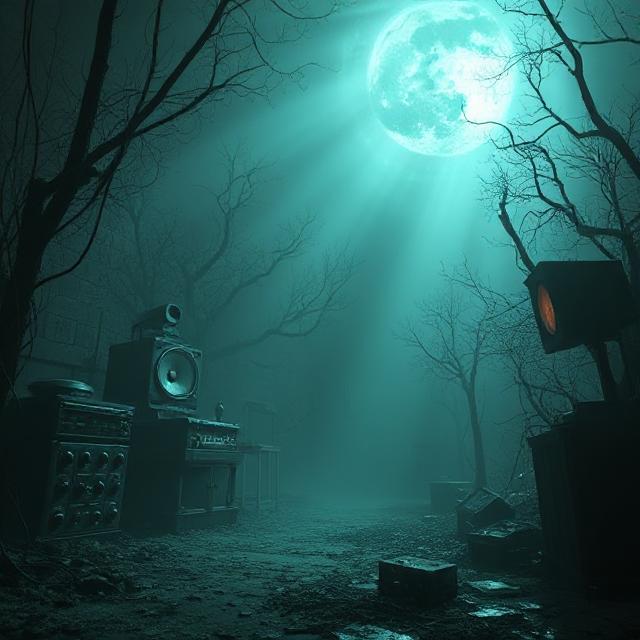
Horror games don’t scare you just with visuals—they terrify through sound. Creeping dread, jump scares, and tension are all magnified by expert audio engineering. But how does sound design manipulate fear?
First, low-frequency sounds trigger anxiety. Many horror games use sub-bass tones and infrasound to create unease. You might not consciously hear it, but your body reacts—heart rate increases, palms sweat.
Silence, ironically, is also a weapon. By reducing ambient noise, games create auditory tension. When players hear only footsteps or a character’s breathing, even a creaking door feels amplified. Amnesia: The Dark Descent and Outlast are masters of this technique.
Then comes directional audio. Spatial sound allows players to hear enemies creeping behind them, building fear before danger even appears on-screen. Resident Evil Village uses this brilliantly—growls and footsteps echo from unseen hallways, making you feel hunted.
Sound cues also teach players to fear specific events. A high-pitched screech might signal an incoming enemy. Over time, that sound becomes synonymous with dread. Developers build psychological associations that make players tense up before anything even happens.
The voice acting and environmental audio matter too. Whispered threats, crying children, distant thunder—each builds an atmosphere that taps into primal fear.
Great horror sound design isn’t just about making noise. It’s about using silence, contrast, and sonic cues to manipulate emotion. In horror, what you hear is often scarier than what you see.

Leave a Reply